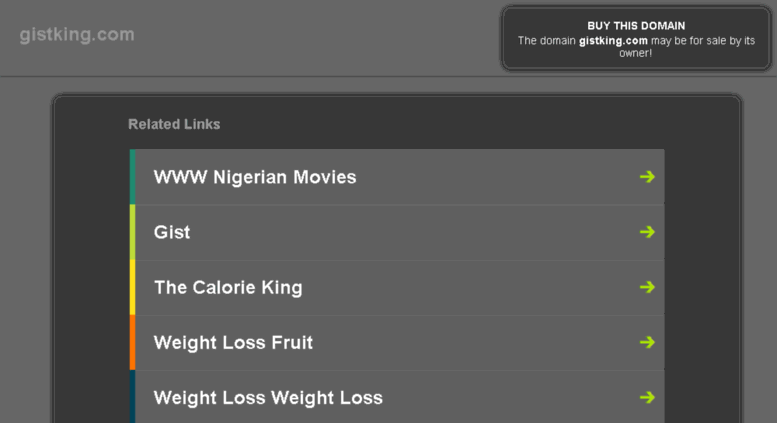All-terrain vehicles, also known as ATVs, provide the ultimate way to get around. You can take your off-road vehicle for an epic adventure through the mountains or a forest. You can reach speeds as high as 60 to 65 mph or race your friends on an out-of-the-way ATV track. Whether you prefer a three-wheeler or four-wheeler, as long as you’re safe, you’re always in for a good time.
While you can often rent an ATV, many people love buying their own, so it’s ready and waiting whenever they’re up for an adventure. Unfortunately, the high price of ATVs means that not everyone can afford them — at least not if they have to pay all at once.
ATV financing works much like financing an RV or a car. You can finance an ATV with a loan term of one to six years and pay off the cost of your ATV with affordable monthly payments plus interest. The exact specifics of your loan will depend on what type of ATV financing you choose.
Your ATV financing options include personal loans, credit cards, and retailer financing, which we will cover below. On top of that, you also have the option to apply for a loan at a bank or credit union.
ATV loans provide a way to finance an ATV and pay it off over several months or years. But, before we dive into loans for ATVs, it’s crucial to talk about how much these recreational vehicles usually cost.
You may have done some research already, but if not, these stats can provide you with a general idea of how much you may need to borrow.
Here are some ATVs along with their retail price in 2022:
As you can see, ATV pricing is a lot like pricing for automobiles — all over the place.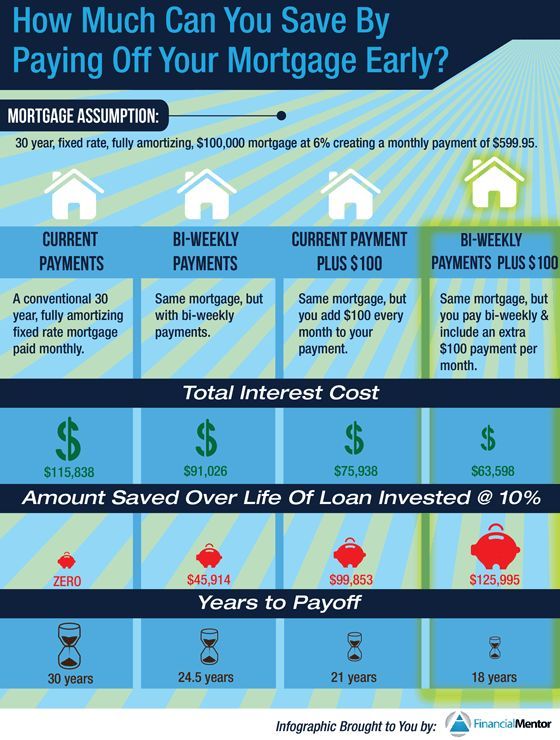 Of course, you can buy larger, fully-loaded ATVs with all the bells and whistles. But, you can also buy very basic models with fewer upgrades and less room.
Of course, you can buy larger, fully-loaded ATVs with all the bells and whistles. But, you can also buy very basic models with fewer upgrades and less room.
ATVs with more power and the potential for higher speeds also tend to cost more, so make sure to think long and hard about what you want in an ATV and how much you want to spend.
Once you know more about the type of ATV you want and your budget, it makes sense to shop around for ATV financing ahead of time. Here are some of the main ATV loan options, along with some details on their pros and cons and who they’re best for.
Personal loans are probably the most popular option for ATV financing because they are flexible and tend to come with affordable interest rates.
Most lenders let you borrow up to $35,000 with repayment timelines ranging from 12 months to 60 months. While your APR will depend on your credit history, it comes with a fixed rate you can depend on, a fixed repayment schedule, and a fixed monthly payment.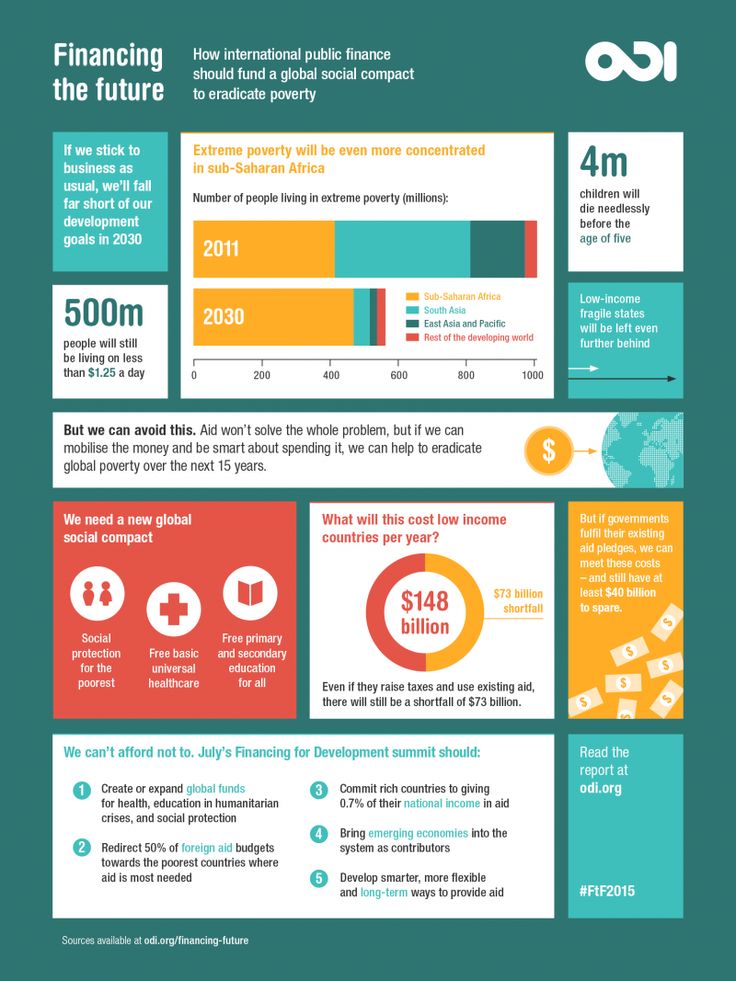
Credit cards offer a financing alternative, although they could be more expensive than other options since the average credit card APR is currently over 17%. Since some credit cards offer 0% APR on purchases for a limited time, however, you may be able to use a credit card as a free short-term loan.
Since some credit cards offer 0% APR on purchases for a limited time, however, you may be able to use a credit card as a free short-term loan.
Some retailers offer special loans or credit cards you can use to finance your ATV.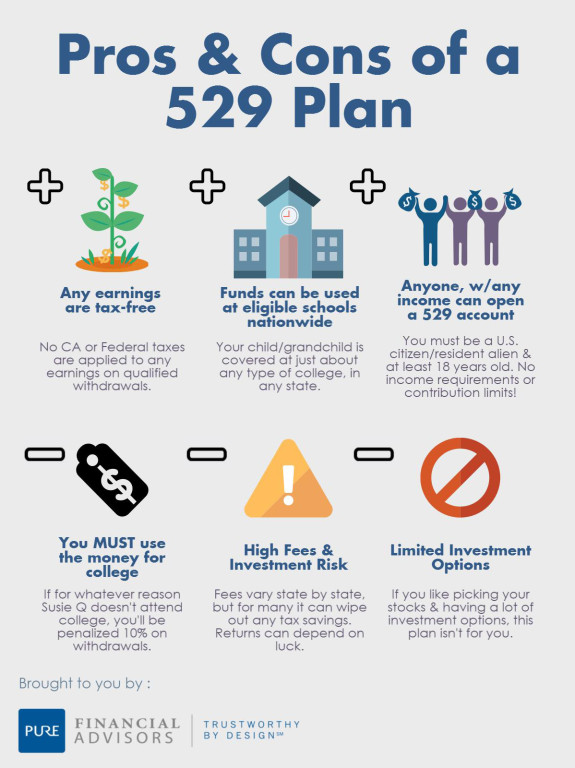 These options are typically based on the manufacturer you buy an ATV from and special promotions they have in place. For example, at the time of this writing, Yamaha is currently offering 0% APR for six months. However, your interest rate will reset between 15.99% and 23.99% after your offer ends.
These options are typically based on the manufacturer you buy an ATV from and special promotions they have in place. For example, at the time of this writing, Yamaha is currently offering 0% APR for six months. However, your interest rate will reset between 15.99% and 23.99% after your offer ends.
Polaris also offers a Visa credit card that comes with 0% APR for six months *this offer has expired*, 2x points on Polaris and gas station purchases, and 1x points on everything else you buy. Once again, however, the interest rate surges considerably higher once the six months are over.

Is it possible to buy an ATV with no credit or bad credit? Absolutely. These loans come with higher rates and may require a down payment. However, it’s still possible to get a personal loan or ATV financing through a retailer, even with a bad credit score.
The right ATV loan could help you responsibly finance your new recreational vehicle without having to wait until you have the entire purchase price saved in cash.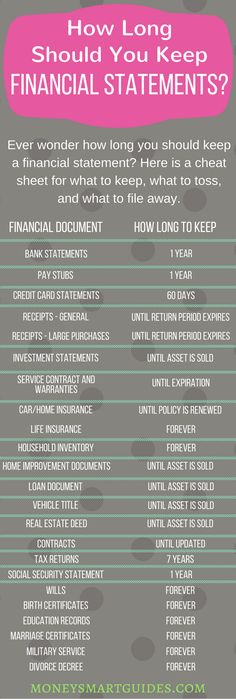 Before you borrow money, however, make sure to compare loan options and read the fine print.
Before you borrow money, however, make sure to compare loan options and read the fine print.
While an ATV loan could help you get the ATV you want within a matter of days, you may be making monthly payments for years. So make sure you understand how your loan works before you commit, and you’ll be glad you did.
Meet the author
Holly Johnson
Holly Johnson is a credit card expert, award-winning writer, and mother of two who is obsessed with frugality, budgeting, and travel.
Adding an ATV or four-wheeler to your vehicle collection is a surefire way to get the most fun out of your free time in the summer or on weekends.
And if you've always wanted an off-roader but haven't felt that you could afford it, we have good news!
Financing your new ATV is a quick way to get you on the road, and because it's similar to financing cars or trucks, you're probably already more familiar with the process than you might think.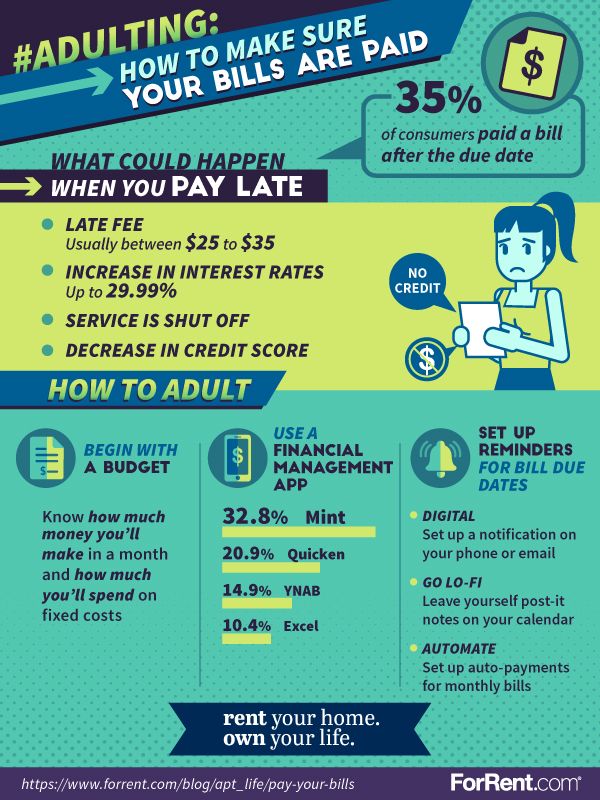 Below, you'll find out everything you need to know about how to finance an ATV, from ATV loan rates to typical ATV financing terms and more.
Below, you'll find out everything you need to know about how to finance an ATV, from ATV loan rates to typical ATV financing terms and more.
At the Credit Union of Southern California (CU SoCal), we’ve provided low-interest loans to Southern Californians for over sixty years, and even if your credit history isn’t perfect, we can still help you buy the ATV or four-wheelr of your dreams.
Give us a call today at 866.287.6225 for a no-obligation consultation and get all the answers you need.
Get Started on Your ATV Loan!
Like loans you may have taken out for your education, your car, or your home, recreational vehicle loans work in much the same way.
Essentially, a financial lending institution will finance your ATV purchase, which you will pay back over time with interest. Because an ATV or four-wheeler is not considered a necessity, you might find the terms of your loan to differ slightly from auto loans you may have used in the past.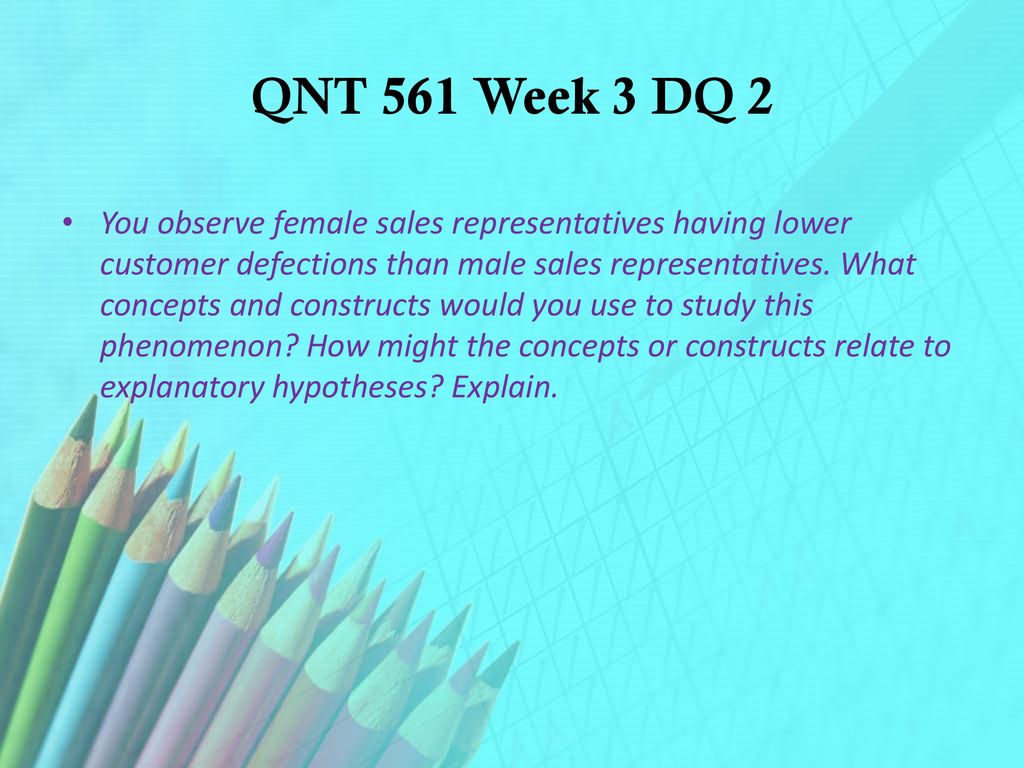
How much an ATV or four-wheeler loan will cost you, in the long run, will be determined by a few things:
Because there are a few factors to consider, it's wise to shop around and evaluate your options when looking for 4-wheeler financing. Remember, just because an offer has a low interest rate doesn't mean it will be the best offer overall. You should also consider the length of the loan, known as the loan term, and your desired monthly payments.
At CU SoCal, we pride ourselves on offering our Members the best possible terms and interest rates. To ensure there are no unwanted surprises, check out our loan calculator that will help you figure out the ideal terms for your desired loan.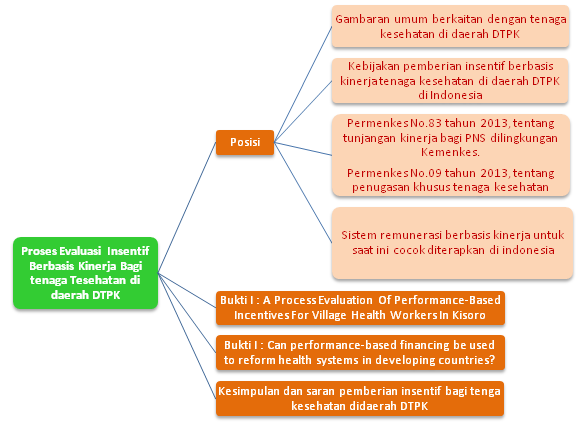 And don't forget – if you need hands-on assistance, you can always call CU SoCal for an obligation-free consultation.
And don't forget – if you need hands-on assistance, you can always call CU SoCal for an obligation-free consultation.
If you're wondering how to finance an ATV, you might already know what you're looking for. But if you're not quite at the point that you've chosen your perfect ATV, you might have a few questions about which is the best vehicle for you. A typical ATV, short for All-Terrain Vehicle, can also be referred to as a four-wheeler or quad. It is designed for only a single rider.
Conversely, a UTV, or Utility Task Vehicle, is often larger and provides space for two people riding next to each other, which gives it the alternative name of a "side by side" or SXS.
At CU SoCal, we know how important it is for our Members to get the best financing assistance possible.
And for those wondering just how do ATV loans work, we have compiled a step-by-step financing guide to help you get offroad on four wheels.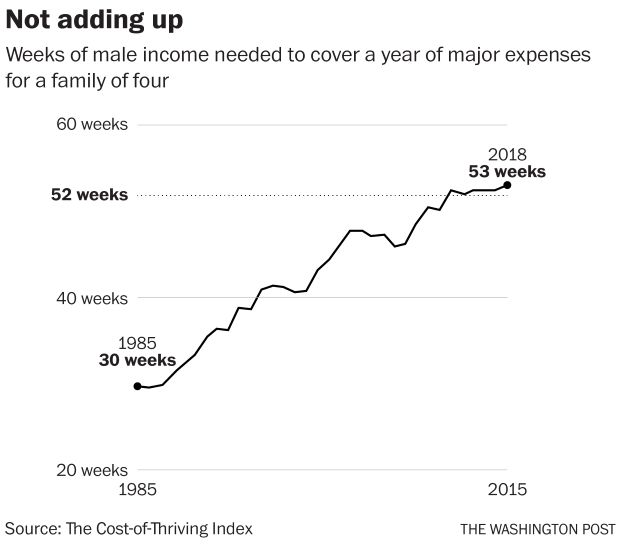 We'll discuss everything you need to know about how to finance an ATV, ATV loan rates, preapproval, and more.
We'll discuss everything you need to know about how to finance an ATV, ATV loan rates, preapproval, and more.
Before even beginning to shop for a four-wheeler, you should check your credit score first. Knowing your credit score will help you determine if you're ready to go ahead and start shopping or if you need to take some time to improve your score.
If you have excellent credit, you're all set and can proceed to step two! However, if you aren't in the best financial shape, there are ways to improve your credit score so that you can qualify for a loan with better terms.
Additionally, CU SoCal’s Credit Builder Loan can help you get back on track if you need further assistance.
Once you’re happy with your credit score, you can start creating your budget. To begin, you'll have a few factors to consider:
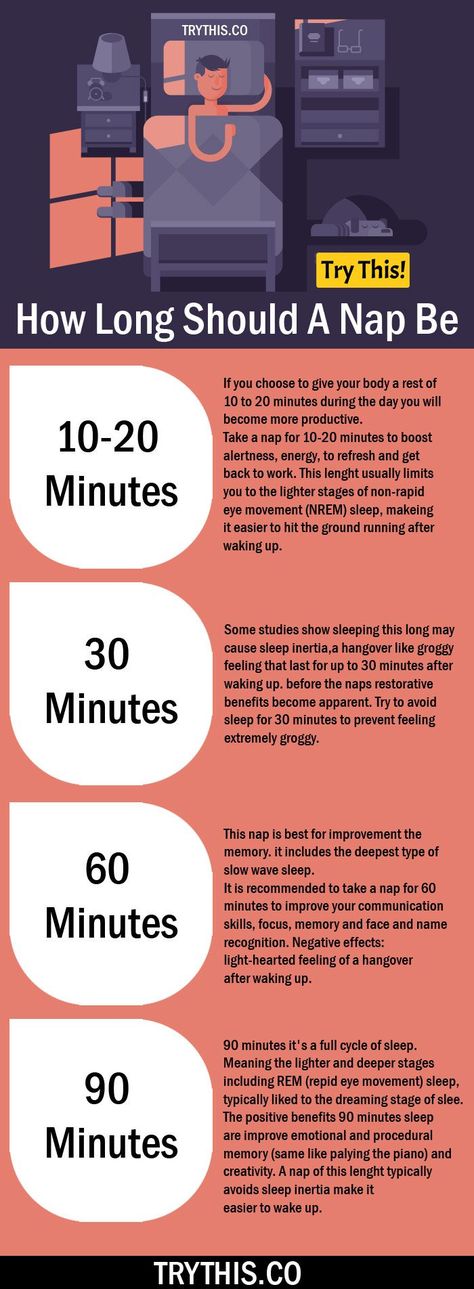 How much you owe to other lenders will impact how much you can borrow for your ATV.
How much you owe to other lenders will impact how much you can borrow for your ATV. When you're creating a budget to see how much you can borrow to purchase your quad or ATV, make sure you consider the total cost of ownership. In other words, don't forget to account for insurance, fuel, and accessories when creating your budget.
Now that you know what your budget is looking like, you should start saving for a down payment.
The typical cost of an ATV is between $5,000 and $15,000, and the regular down payment is usually around 10-20%. Depending on the price of your vehicle, you're most likely looking at down payment between $500 and $3,000.
Now for the fun part – finding your perfect ATV, four-wheeler, quad, or side-by-side!
If you aren't sure what exactly you're looking for, it's time to do some online research. Several websites are dedicated to reviewing ATVs and other recreational vehicles, so a quick Google search should give you all the information you need to compare different makes and models.
When comparison shopping, you'll want to take into account availability, specs, and price. Taking a look at dealerships near you will give you a good idea of what's available in your area and the price range for those specific vehicles. Many dealerships have knowledgeable staff that can help you make an educated decision.
After choosing your ATV, it's time to start shopping different lenders. There are several options that you'll come across, but the primary lenders are banks, dealerships, online lenders, and credit unions like CU SoCal.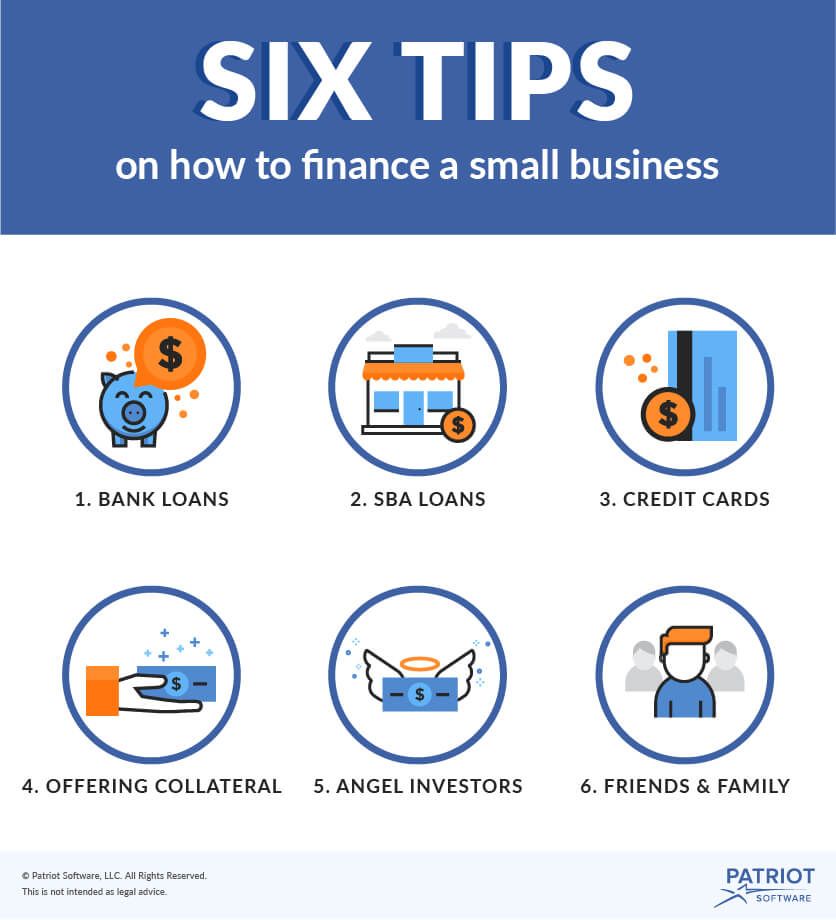 We'll talk more about each of these in more detail later on.
We'll talk more about each of these in more detail later on.
When shopping for lenders, you should compare their offers regarding loan terms and interest rates. You should also check out whether there are any fees or penalties that could affect you.
With all of your well-researched information in hand, including your budget, the item cost, and your chosen lender, it's time to get preapproved.
To do this, your lending institution will have a look at your financial situation, including your credit report and verifications of debt and income. Then, they'll decide how much money they are willing to loan you under those circumstances, along with their terms and interest.
If you've followed the previous steps, your credit score should be in good shape, and you should know exactly how much you'll need for your ATV financing. Thorough preparation will likely lead to a successful loan, so you're almost done!
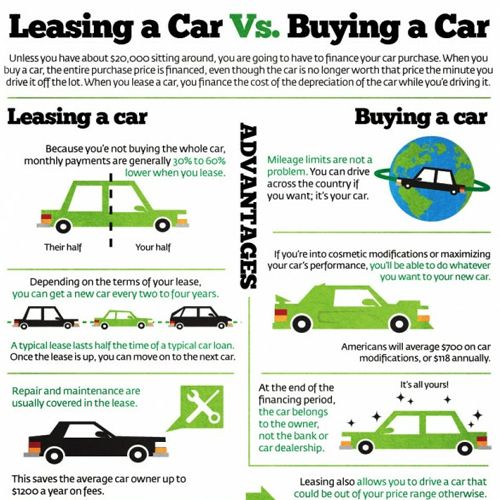 Calculate Your Payments
Calculate Your PaymentsWith your preapproval, you will likely be given the terms under which the loan will be provided, including interest rates and terms. Typical ATV financing terms are between three and six years with a fixed annual percentage rate (APR).
With CU SoCal's loan calculator, you can modify the loan amount, down payment, monthly payment, interest rate, and term so you can calculate your monthly payments on your new ATV.
In step four, we talked about comparison shopping for ATVs, quads, four-wheelers, and UTVs based on their specs, reviews, and prices. Now it's time to take a more personal look at the vehicle to see if it's suited for your particular needs. While many ATVs are used recreationally for fun on the weekends, heftier UTVs can haul small trailers if needed for work. Other things to think about are whether you'll be riding solo most of the time, if you're looking to get into racing, or if you'll be taking it out onto unusual terrain, like sand dunes.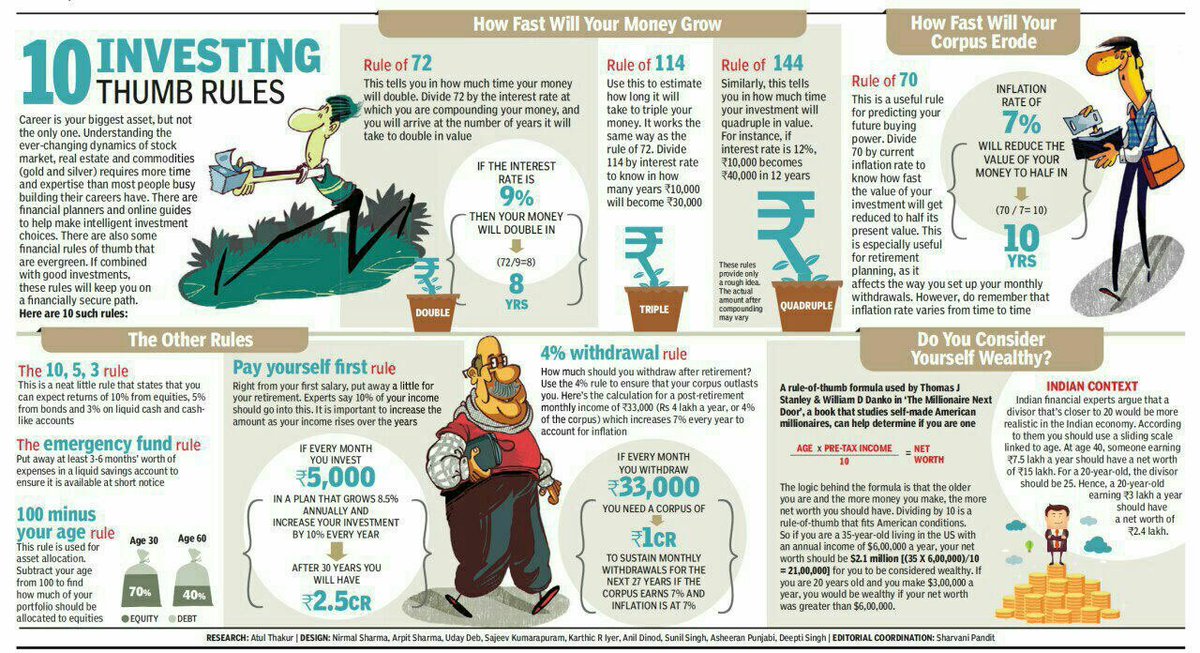
For the final step, all you have to do is make the purchase! Now is the time that you will see the ownership cost of the item, including insurance, safety gear, and any applicable licensing. However, since you've budgeted and considered your long-term financial situation, you will already be prepared for this.
As with simple auto loans, there are various ways to get a loan for your ATV purchase. ATV loan rates will vary from institution to institution, so it is wise to do some research if you want the best 4-wheeler financing. Here are the most common places to get ATV loans.
Banks are generally one of the first places people consider to ask for a loan, and for good reason. They usually have highly competitive interest rates on loans, and since many people already have a bank account, seeking a loan from the same institution makes sense. Add in online banking and ease of checking finances, and it certainly makes sense in some cases to use a bank.
Add in online banking and ease of checking finances, and it certainly makes sense in some cases to use a bank.
However, banks are also much more strict with their policies and have very high credit standards. A low credit score could mean a quick refusal. They also tend to have higher fees on loans.
Unlike a bank, credit unions are owned by their Members and are not for-profit institutions. Because of this, they can offer much lower interest rates on recreational vehicle loans than a typical bank. Plus, credit unions are usually much smaller than banks, so you'll get more attentive service and personalized help with your loan application.
To take advantage of the low interest rates and personal service, you usually have to be a Member. With CU SoCal, joining is simple, so you can start enjoying the benefits of a credit union whenever you're ready. CU SoCal has a fully secure website and mobile app so you can stay up to date on your loan payments.
In the last few years, online lenders have become more and more ubiquitous in the financial world. Their strictly online presence means they've invested a lot into making a streamlined and intuitive user interface, which means their sites are easy to use for virtually any memeber.
That might not sound like a lot, but the ease of use means you can keep a better eye on what you owe on your loan. Users can also easily compare online lenders to see which one would be best for them.
For non-internet-savvy users, getting a loan from an online lender may not be the best idea, especially if they struggle to navigate or read websites.
Whether for cars or recreational vehicles, dealerships will often offer unique credit cards or special types of loans for items they sell.
There are several benefits to getting a dealership loan. Dealerships usually offer more options to customers with bad credit, so if your score isn't where you want it to be, you might be ok. It is also more convenient to accept a loan from the dealer since you are already there. Additionally, some lenders have exclusive partnerships with dealers, so you might be presented with more lenders than you would have otherwise.
Dealerships usually offer more options to customers with bad credit, so if your score isn't where you want it to be, you might be ok. It is also more convenient to accept a loan from the dealer since you are already there. Additionally, some lenders have exclusive partnerships with dealers, so you might be presented with more lenders than you would have otherwise.
The disadvantages of getting a loan with a dealership depend on the dealership itself and the ATV loan rates they offer.
Manufacturers often create exclusive relation-ships with financial institutions to create incentives that bring in more customers. These incentives could include extremely attractive benefits like 0% financing for the first year. Many ATV makers are linked up with a "captive lender" that offers a manufacturer loan, making this a viable option for ATV shoppers.
Along with different institutions from which to seek out a loan, there are also other types of ATV loan options that you can choose from.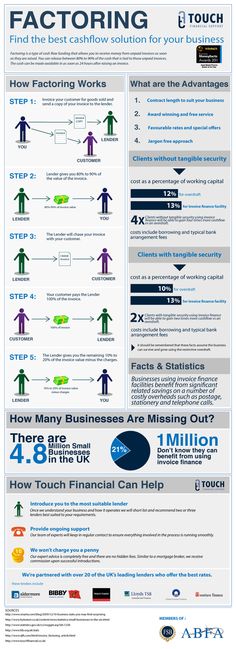 Here are the most common types.
Here are the most common types.
RV loans are a dedicated type of loan specifically for purchasing recreational vehicles – from motorcycles, to boats, to your new ATV. You can get this kind of loan from banks, credit unions, and occasionally online lenders. Some lenders offer 3-6 months of no payments or reduced APR on RV loans.
As for disadvantages, there are quite a few with RV loans. Qualifying for a loan in the first place can be tricky, even more so than an auto loan. Keep in mind that the loan will also be secured by the vehicle itself as collateral.
That means if you stop making payments, the lender can repossess the ATV or UTV.
If you already have a credit card, you might be wondering if you can simply use it to buy your chosen ATV.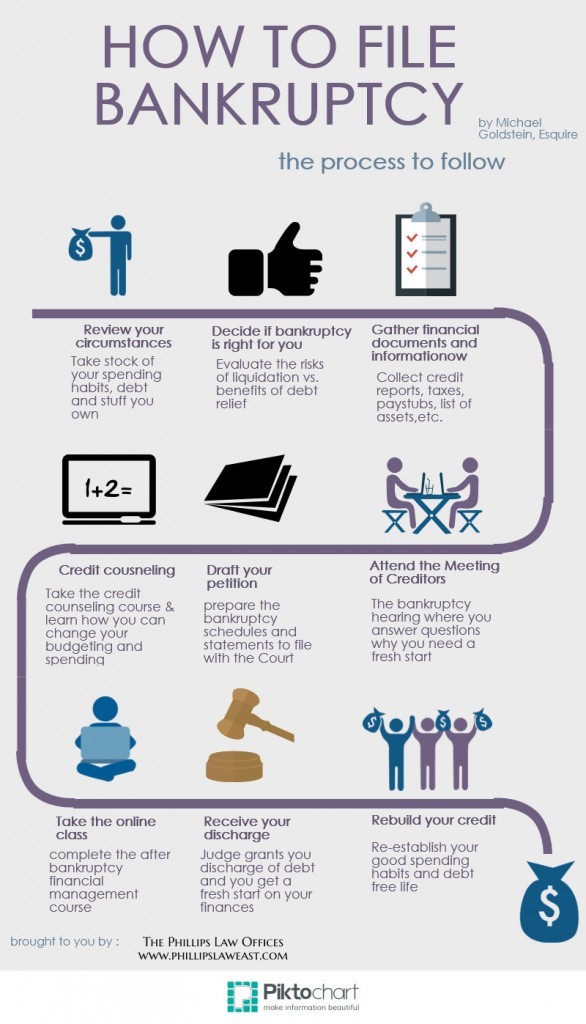 The short answer is yes, and there are even some advantages to doing so.
The short answer is yes, and there are even some advantages to doing so.
If you have or qualify for a credit card that offers zero interest for the first year, you could pay off the ATV without added costs.
Don't forget, though, that credit cards don't enforce any payment over the monthly minimum. This might sound like a good thing, but unless you're making higher monthly payments, it could take you years to pay off the ATV.
Retailer financing is similar to getting a dealership or manufacturer loan. Essentially, what this means is that instead of applying for a separate loan elsewhere, you can take care of the loan directly at the point of sale and take advantage of manufacturer-subsidized loans.
Do keep in mind, though, that the most significant benefit of 0% APR for the first six months or year does end, and when it does, the interest rate will jump up to a much higher number than other types of loans.
Also, with retailer financing, your new ATV becomes the default collateral for the loan, so if you can't make payments, the retailer can repossess the vehicle.
At CU SoCal, we are big fans of the Southern California lifestyle – and that means always being on the go and having outdoor adventures year-round.
Whether you're looking for a four-wheeler or a side-by-side, we have you covered. With a loan from CU SoCal, you'll get up to 100% financing and a fixed interest rate, so there are no surprises to keep you from getting your ATV.
All of our terms are flexible and applicable to new and used vehicles. We don't ask for any application fees from our Members, so you can be sure that every penny will go toward getting the recreational vehicle of your dreams.
Please give us a call today at 866.287.6225 to schedule a no-obligation consultation with one of our vehicle loan representatives.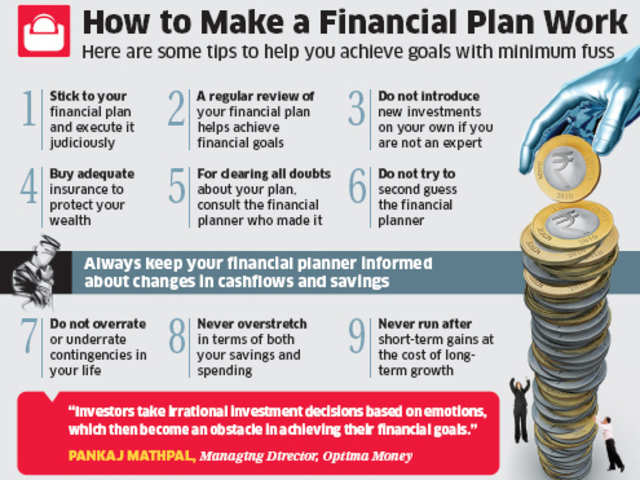
Get Started on Your ATV Loan!
Of course, when buying an ATV, like any product, any buyer wants to get the best product for the best price. And this natural desire is quite easy to fulfill if you make some, not at all big efforts. Let me give you some simple tips on how to choose ATVs.
1. before considering this or that model, decide what exactly you plan to use the ATV for - Kazuma ATVs can be both utilitarian and sports, and it depends on whether you plan to compete with it or just want to clear the snow around the country house. which quad bike is best for you. Choosing a sports ATV for trips to the beach in the summer or transporting soil to a construction site is akin to hammering nails with a microscope, of course, there is a result, but the investment clearly does not justify it.
2. After making a major decision, take a walk around the motorcycle shops and look at the offers.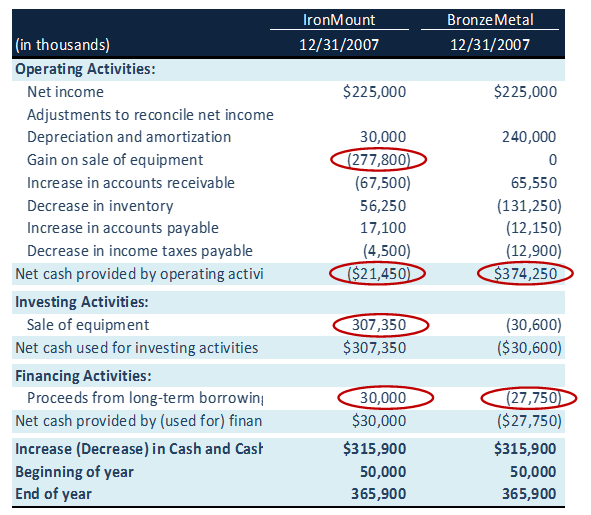 It will be best to try on the models for yourself, whether you are comfortable driving, whether you feel comfortable enough. There are a lot of good models from different manufacturers, but not every good model is right for you.
It will be best to try on the models for yourself, whether you are comfortable driving, whether you feel comfortable enough. There are a lot of good models from different manufacturers, but not every good model is right for you.
3. When you have decided on one or a couple of models, do not rush to the store with money. Compare the prices of your chosen models in different stores, consider not only the figure itself, but also everything that is included in the purchase of an ATV - warranty, maintenance, additional devices. Don't forget to check out the online stores. The difference in prices in different stores can be quite significant. Just don't forget that the price of an online store must also be added to the cost of shipping if the store does not offer free shipping.
4. When choosing an ATV, make sure you find a place to repair it, if it's a completely unknown Chinese brand, be sure to make sure that the store selling it can provide you with warranty and post-warranty repairs.
5. Don't treat the price as final, if you are ready to buy an ATV, why not ask for a discount, and you can do it both in a regular and online store. Believe me, you will be met much more often than you might think. And the savings can be very, very significant.
Now a little about how to choose a used ATV. Most often, second-hand ATVs are bought due to significant money savings. However, this saving does not always turn out to be beneficial, especially when the ATV turns into a source of endless breakdowns and problems, without bringing the long-awaited joy.
The question of what to look for when choosing a used ATV is not an easy one. However, some right questions and analysis will allow you to reduce the risk, if not to zero, but quite significantly.
With the growing popularity of this vehicle, there are more and more used ATVs on the market, and today you can easily find many offers related to the sale of used vehicles.
Before you decide to buy a used ATV of any brand, find out information about the manufacturer and the model you have chosen.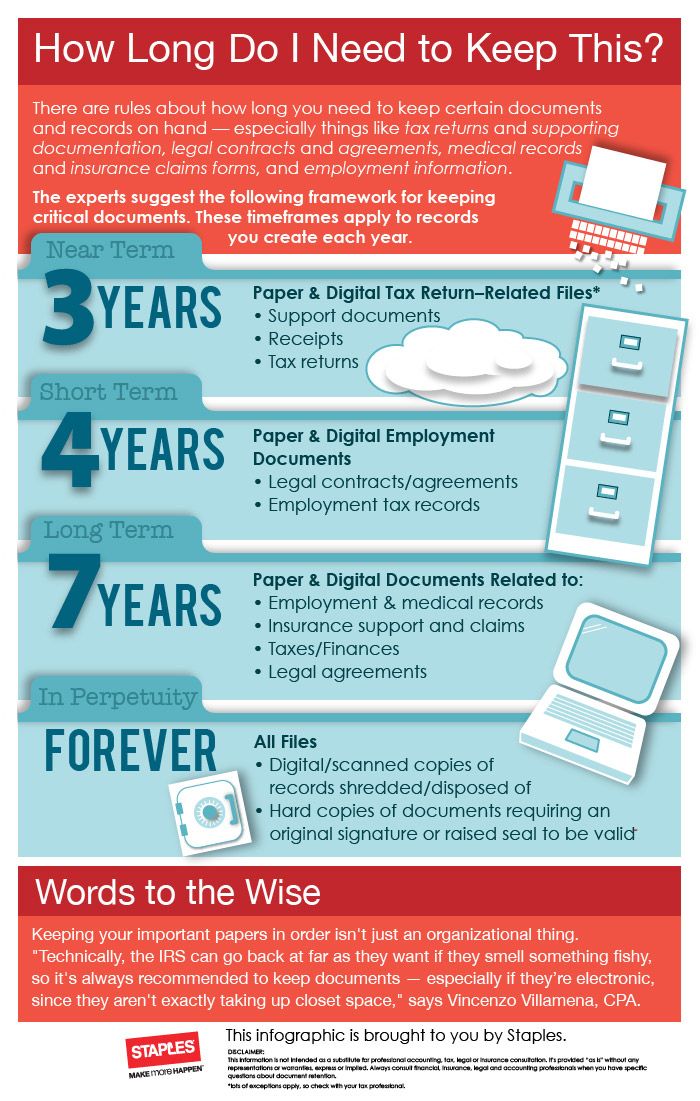 You can go online and read discussions on the forum or contact the store and get advice from the seller.
You can go online and read discussions on the forum or contact the store and get advice from the seller.
When buying, it is important not to chase the minimum price, but to pay attention to the quality of the goods offered to you. Don't buy cheap stuff that doesn't inspire confidence. Be sure to compare several offers, because even used ATVs are asking for too much.
If you are satisfied with the quality, it's time to talk to the seller. Learn from him about how the ATV was operated and the maximum information about the device. First of all, you should be interested in the following questions:

For inspection of the machine, take someone with you who understands the technique and who can correctly assess the condition of the machine. It is best if you find a mechanic who is familiar with the design of ATVs and is engaged in their repair.
Study the machine well, inspect the bottom, frame, wheel alignment, check the condition of the oil filters. Look at the condition of the box under the seat, if water accumulates in it, this can damage the engine, which will inevitably affect its performance sooner or later. The fuel tank must be free of rust.
Together with your accompanying mechanic, evaluate the possible cost of the first repair, he will also be able to tell you if the deal offered to you is beneficial for you. Do not be afraid to ask for a discount, ask if the warranty applies to any parts of the ATV or to the ATV itself. Be sure to make sure that the transaction is executed correctly and you get all the necessary documents in your hands to register the ATV with the State Technical Supervision authorities.
Buying an ATV through a private ad is almost a lottery. Even an outwardly perfect copy with low mileage may have problems with the electrics and piston due to the fact that it was drowned in a swamp. Conversely, if an ATV with 6,000 km has been used carefully and maintained regularly, it will last a long time.
Buying an ATV or snowmobile from your hands, you can play it safe with a few simple rules. We will talk about them in the article.
Find out if the SMP and other documents are in order
First you need to find out if the documents are in order - this will help to avoid buying stolen equipment and other troubles.
To register equipment, you will need a passport of a self-propelled vehicle (PSM), a contract of sale, an act of acceptance and transfer. You can ask the seller for a certificate of conformity or issue it yourself - to do this, contact the dealer and provide him with the certificate number from the PSM.
Check the frame and engine numbers in the PSM and on the vehicle. Find out on the Internet exactly where the VIN is located on your model. On many ATVs, it is located near the front right lever. Also, do not forget to check the owner's data from the PSM with a passport or driver's license - if they do not match, the equipment may be stolen.
Talk to the owner before inspecting the equipment. Find out why and how often it was used, what mileage it has. Whether it was regularly serviced and whether it was prepared for storage in the off-season - this increases the service life of the equipment. Specify which parts have changed and why, which systems require repair in the near future. Also find out the reasons for the sale.
If the owner admits that the ATV or snowmobile was in an accident or was used as a rental, then it is better to refuse to buy it.
After talking with the owner, you can proceed to the inspection. As we have already said, the good external condition of the equipment says little. But a visual inspection helps to immediately weed out frankly bad options.
As we have already said, the good external condition of the equipment says little. But a visual inspection helps to immediately weed out frankly bad options.
Due to design differences, ATV and snowmobile inspection procedures will differ.
ATV with a "boiled" frame is better not to buy
If the luggage racks are bent, most likely the ATV has rolled over. Deep scratches and rust, dents from stone impacts indicate a high mileage. Cloudy headlights are a sign that the ATV has been sunk. Tires worn only in the central part indicate their pumping. From this, the suspension suffers greatly when driving. Wrinkled discs are most likely damaged from hard landings, which are also bad for the suspension. Cracks, extensive corrosion, welding spots on the frame are a good reason to refuse a purchase.
Pay attention to the tunnel - it should not have dents or signs of deformation. Snowmobile frames rarely break, but cracks can occur.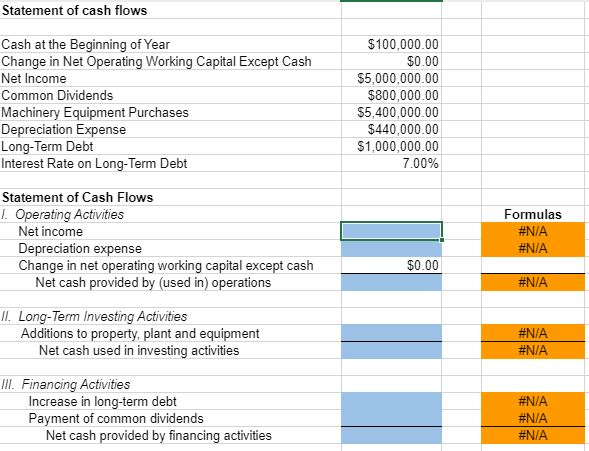
Check the condition of the tracks. A caterpillar with defects and damage will eventually have to be repaired. Worst of all, if the caterpillar is non-separable, it will have to be replaced with a new one.
Inspection of the front suspension is very important as it bears the main load. Check the condition of the levers and ski racks. Make sure all suspension components are in place.
Measuring the diameter of the slides will help to assess their wear. The plastic fasteners of the slides break over time and need to be replaced. When inspecting, evaluate their condition and the need for replacement.
After the initial check, you can begin to study the mechanics - the service life and the cost of repairing equipment depend on its condition. As with a visual inspection, the inspection procedure for ATV and snowmobile will be different.
Check shock absorbers for oil leaks
Suspension. Shock absorbers must be free of oil and "walk" evenly.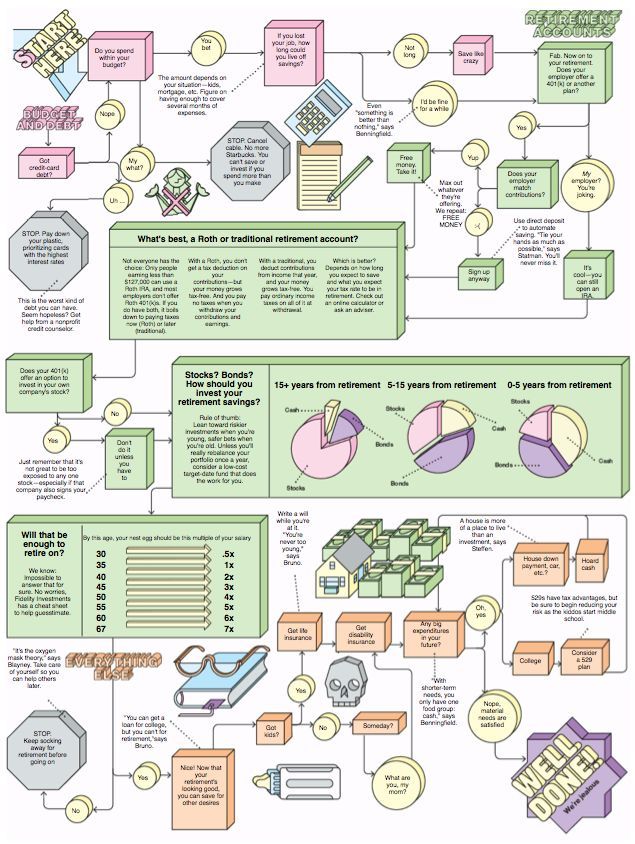 Raise the ATV with a jack and shake the wheels - if there is play, then the bearings are worn out. If the suspension arms play, most likely, you will have to change silent blocks and ball bearings.
Raise the ATV with a jack and shake the wheels - if there is play, then the bearings are worn out. If the suspension arms play, most likely, you will have to change silent blocks and ball bearings.
Transmission. Gearboxes must be free of oil and cracks. Stand near the front of the ATV and turn on the 4WD button. Turn the left wheel with your hands - the right one should rotate in the opposite direction, and vice versa. With the differential locked, both wheels turn in the same direction. Transmissions should turn on easily and without extraneous sounds.
The engine must be free of oil. Turn the ignition key: a serviceable engine will start in 2-3 seconds. At idle, it runs smoothly and without extraneous noise. Black oil, black, white or blue smoke from the exhaust pipe and the smell of burning indicates a poor condition of the motor - most likely, expensive repairs are needed. Miscellaneous bolts or traces of sealant on the crankcase signal that the engine was taken apart for repair.
Electrical. Check the operation of the dimensions, turn signals, high and low beams, heating, winch and other equipment. Pay attention to the operation of the electric power steering - the steering wheel should not turn on its own.
Check the condition of the CVT belt
Engine diagnostics. Snowmobiles usually have low mileage, but it's still best to check. The forums recommend measuring the pressure in the cylinders, although for this you will have to go to the service. Ideally, the pressure difference in the cylinders should be no more than 10%. To check the engine, it is better to ride a snowmobile and listen to its sound - if there are any extraneous noises in it.
CVT condition assessment. Check the coolant and oil levels in the gearbox. Pay attention to the variator belt - if it has cracks, dark stripes or scuffs. A worn belt will need to be replaced.
Check gearbox (on models where equipped).